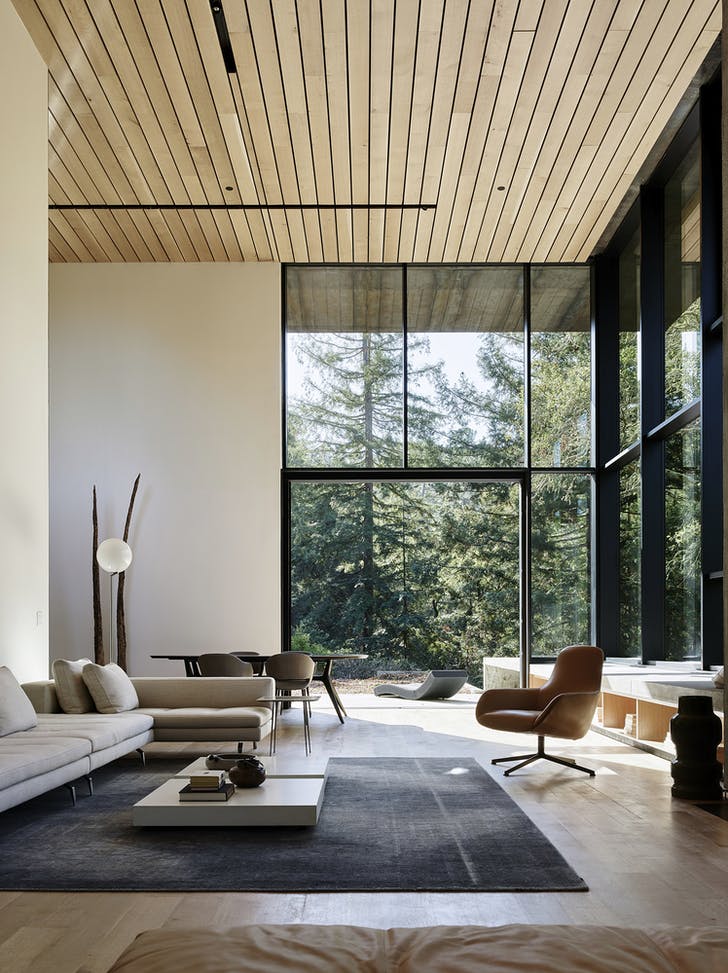In the realm of commercial interior innovation, an electrifying wave of tech-inspired trends has surged forth, ushering in futuristic visions that redefine the very essence of workspaces, retail havens, and hospitality domains. This seismic shift is not merely about integrating technology into these environments, but about sculpting immersive experiences that blur the lines between the physical and digital realms. Augmented reality (AR) and virtual reality (VR) have graduated from mere buzzwords to transformative tools, enabling businesses to craft astonishing narratives within their spaces. Imagine strolling into a retail boutique where garments virtually materialize before your eyes, allowing you to curate your ensemble before trying a single item on. Meanwhile, offices have morphed into dynamic ecosystems, leveraging Internet of Things (IoT) marvels to orchestrate an intelligent dance between lighting, temperature, and workspace allocation – tailored precisely to individual preferences.

Biophilic design, seamlessly interwoven with technology, emerges as another cornerstone, cocooning occupants in an organic symphony. Verdant walls, sunlight-simulating illumination, and responsive acoustics converge to concrete an environment that mimics nature’s soothing embrace. Robotics and automation, once relegated to manufacturing plants, now inhabit hospitality spaces as amiable concierge robots and automated room service attendants. These mechanical hosts not only bolster efficiency but also infuse a touch of whimsy into the guest experience. Moreover, sustainability strides hand in hand with innovation, as spaces harness renewable energy sources and integrate recyclable materials, spotlighting an eco-conscious commitment. The metamorphosis extends beyond visual and tactile sensations – the auditory realm finds itself revolutionized through sounds aping. Employing 3D audio systems and directional speakers, businesses craft acoustic tapestries that guide customers seamlessly through spaces or offer isolated auditory zones for focused work.
The very architecture of these environments becomes adaptive, with modular configurations that can be tailored on the fly, courtesy of kinetic elements and smart materials. Collaboration finds new avenues in mixed reality environments contact us, where global teams interact in shared holographic realms, erasing geographical barriers and sculpting a novel dimension of teamwork. Nonetheless, amidst this tech-powered revolution, a paradox emerges: the more digitally imbued these spaces become, the more the human touch is revered. Amid the sleek surfaces and AI-driven conveniences, designers infuse pockets of warmth – handcrafted artifacts, cozy niches, and tactile textures that reconnect occupants with their humanity. These elements serve as touchstones, grounding individuals in a world that can sometimes feel intangibly accelerated. In a landscape where the boundary between innovation and human-centered design blurs, the true triumph lies in weaving these elements into a harmonious symphony that resonates with the aspirations of a tech-infused generation. In conclusion, the horizon of commercial interior innovation is aglow with the radiance of tech-inspired trends that transmute spaces into realms of endless possibility.
Categories: Home